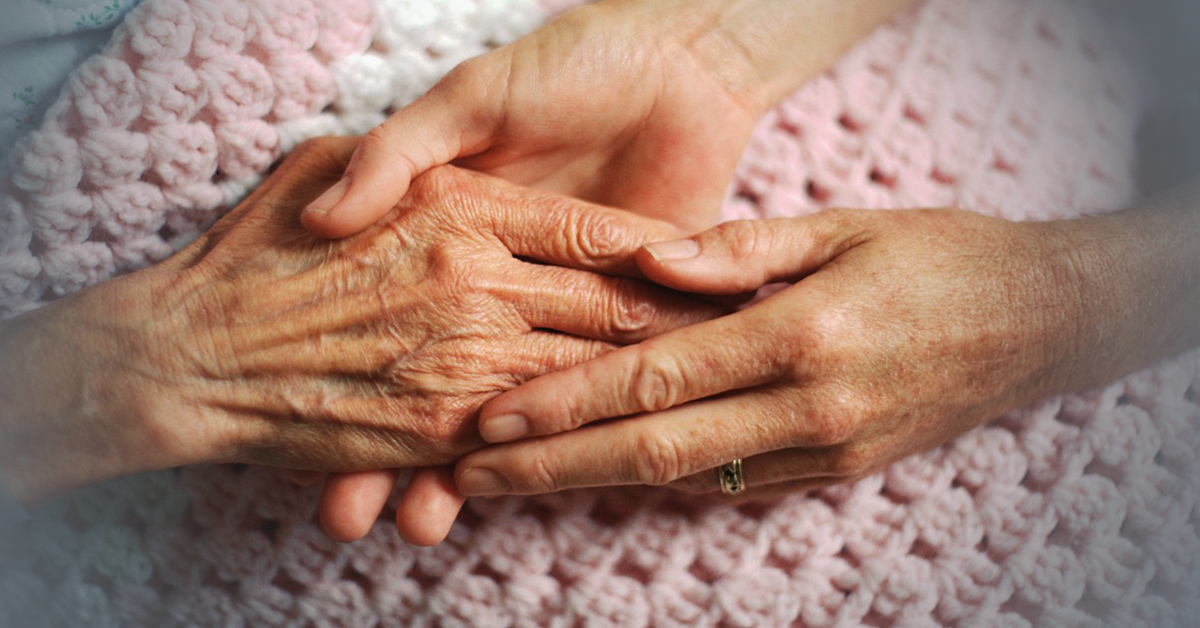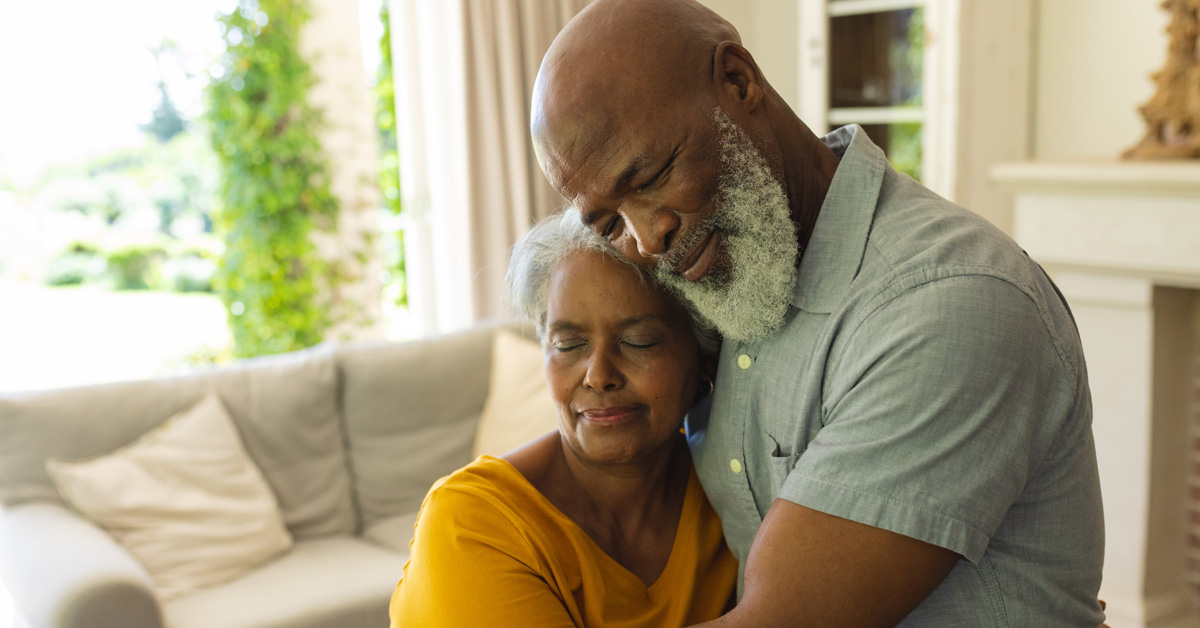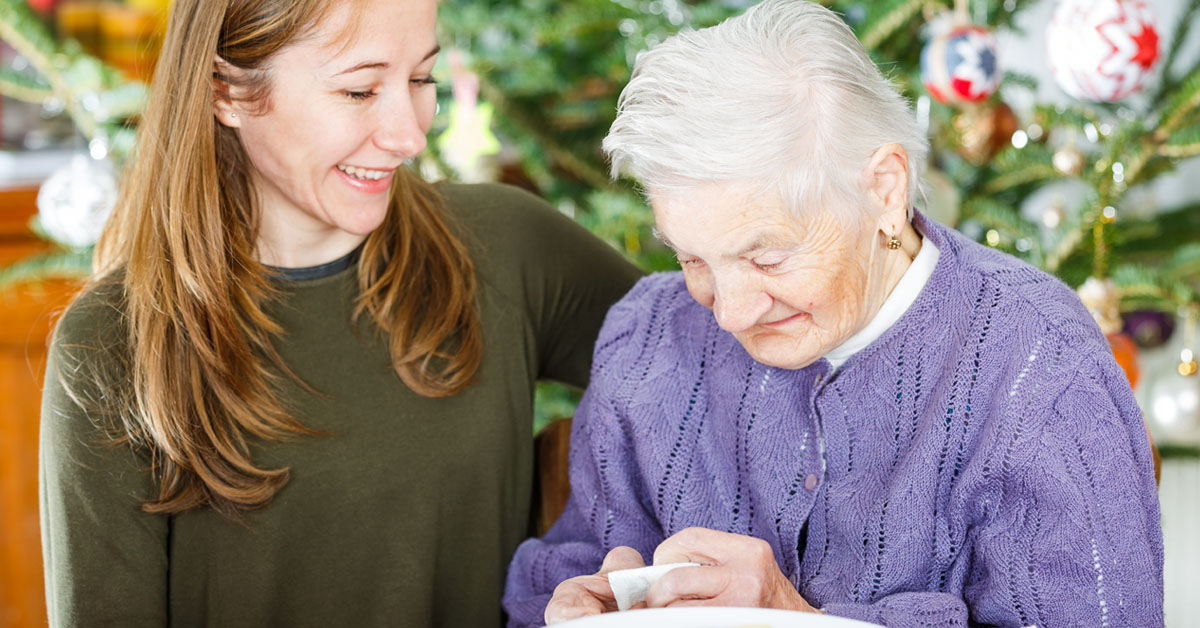
Should a Nurse Be Present for Home Deaths?
Hospice care is typically provided in the patient’s home, with a family member serving as the primary caregiver. However, hospice care is also provided in hospitals, nursing homes and residential facilities. In fact, current data shows more Americans now die at home than at any other place – representing an historic shift.1 This shift increases the importance of a current question being pushed by Medicare. Should a nurse be present for home deaths?
When a loved one is dying at home, families may or may not receive a time-of-death visit from a hospice nurse. Medicare tracks and reports home nursing visits in the last three days of life as if it were a quality measure. However, the question of whether a time-of-death visit should be the standard has not been fully explored in the scientific literature. In 2019, we reported that Medicare is using time-of-death visits as a quality measure. This practice continues today, but still without much support in the scientific literature. While research on this subject is sparse, Katherine Katzenberger, MN, RN, CHPN and Michelle Nichols, PhD, RN have taken the lead on exploring the topic and published interesting studies revealing the experience of death at home and shedding new light on the time-of-death-visit requirement.2-3
What is a Time-of-Death Visit?
A time-of-death visit refers to when a clinician, usually a nurse, visits the family home at or near the time of death. The visit can occur during death or shortly thereafter. Hospice offers time-of-death visits to confirm death (as required by some state laws), to provide medical care for patient comfort if needed, to support the family, and to help with final steps and arrangements. The final steps may include washing the loved one, dressing the loved one, waiting for the funeral home to arrive, and properly disposing of medications.
Why Would Someone Opt Out of a Time-of-Death Visit?
Previous studies found that some families prefer privacy during their final moments of saying goodbye to a loved one.4 Many caregivers also conveyed that bathing and dressing the deceased loved one themselves supported them emotionally. Katzenberger and Nichols interviewed families who received hospice, but who did not receive a time-of-death visit. Universally, among this self-selected study group, family members expressed that they felt a visit at the time of death was not needed.
Family members felt as if they were prepared to manage on their own. Where pain relief was a serious issue, family caregivers had been trained and equipped to administer pain relief. They had already been trained on whom to call and what to do. All people interviewed described the passing of their loved one at home as very peaceful. Statements about wanting privacy and quiet with no visitors were common. In some cases, families added that the hospice nurse did not feel like family. Because they had been referred to hospice so late, there was very little time to get to know the hospice nurses.
One can imagine how both good and bad hospice service may lead to a higher percentage of time-of-death visits. For instance, a hospice that does an excellent job of admitting patients in a timely manner and then training the family may have a higher percentage of families declining time-of-death visits. On the other hand, a hospice that routinely admits patients late or that provides less education, may have a higher need for time-of-death visits.
Conclusions
While Katzenberger’s study group was small, the responses they gathered suggest strongly that people who did not receive an end-of-life visit did not care for one. They were properly prepared to handle the death of their loved ones, and they found not having a clinician visit during death was better for them emotionally. This calls into question Medicare’s use of near-end-of-life visits as a quality measure and gives legislators something to consider when requiring end-of-life visits by law.
References:
- Cross SH, Warraich HJ. Changes in the Place of Death in the United States. New England Journal of Medicine. 2019 Dec 12; 381 (24): 2369-70
- Katzenberger, Katherine S., “Hospice Families Shared Experiences with Time-of-Death Visits” (2021). Digital Commons @ ACU, Electronic Theses and Dissertations. Paper 327.
- Katzenberger KS, Nichols M. Opting out of a time-of-death visit: insights from home hospice family members. J Hosp Palliat Nurs. 2019 Aug 1; 21 (4): 326-32.
- Williams BR, Lewis DR, Burgio KL, & Goode PS. “Wrapped in their arms” next of kin’s perceptions of how hospital nursing staff support family presence before, during, and after the death of a loved one. J Hosp Palliat Nurs. 2012; 14 (8): 541–550.





